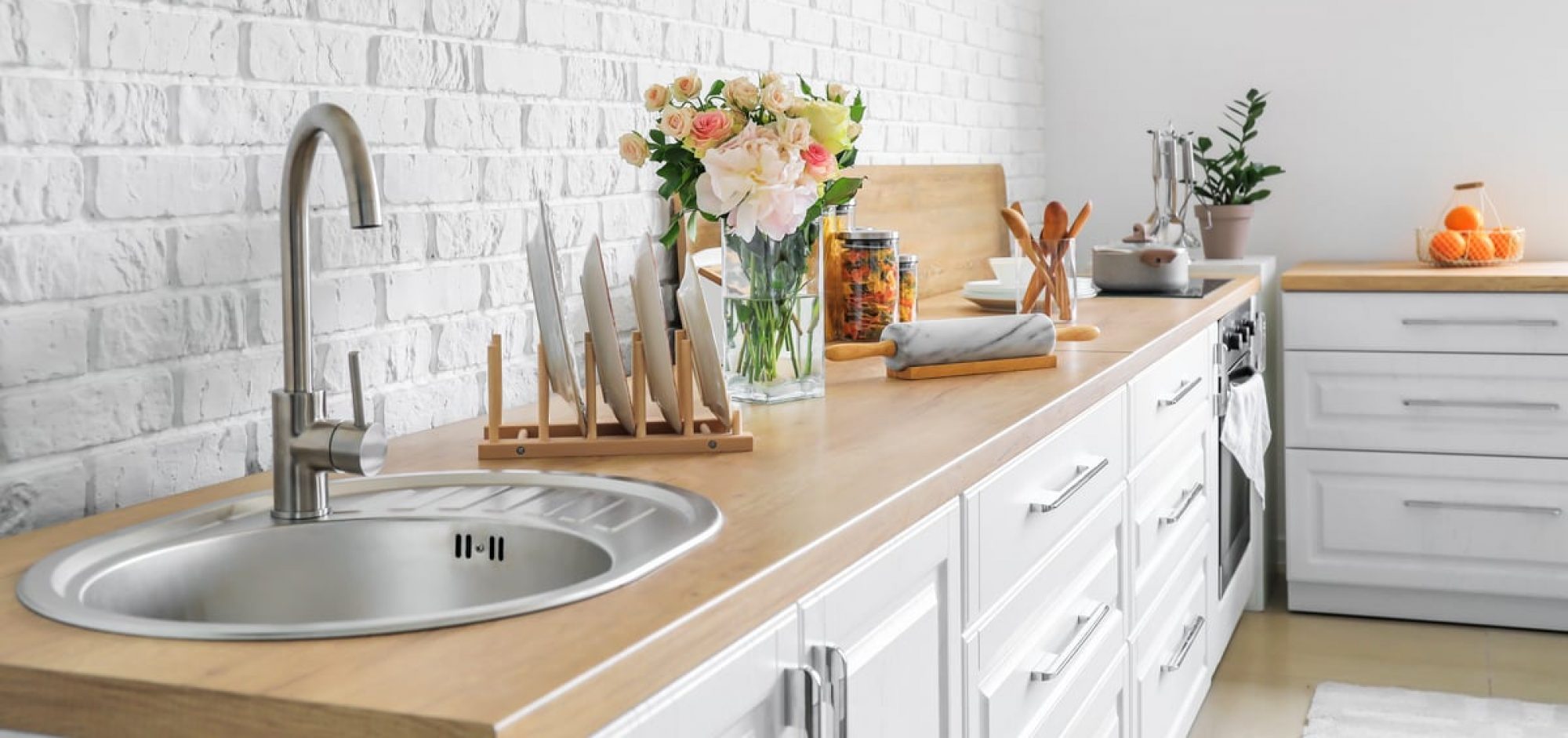Hockey is a fast-paced, exciting sport that requires protective equipment to keep players safe. This includes helmets, shoulder pads/chest protectors, elbow pads, mouth guards, protective gloves and heavily padded shorts.
Helmets – The most important and required hockey gear, helmets protect the head, chin and neck from pucks, collisions with other players, falls and injuries. They are often HECC-certified and come in various styles, including snap-on or adjustable models.
Elbow Pads – Also known as ‘elbow cups’, they help protect the forearm and sometimes the triceps from pucks. They’re also designed to help prevent serious bruises and fractures.
They are typically available in many different sizes to suit any player’s needs. Most are adjustable, so they’re easy to put on and take off. They’re also secure with Velcro straps, so they don’t slide around.
Face Masks – For both youth and college athletes, hockey players must wear a face mask to protect their eyes, nose and cheekbones from flying pucks and collisions with other players. There are a variety of face masks on the market, with some offering additional safety features like sound dampeners and concussion padding.
Some masks have a clear plastic shield that covers the upper portion of the face. Others use a combination of mesh and plastic for added ventilation and protection.
Goalies and their goalie masks are some of the most expensive pieces of hockey protective equipment. They’re designed to protect the player from the high-velocity, glancing pucks that are often fired at a goalie in the face and eye area.
The best helmets for hockey are made from high-quality low-density materials, so they don’t weigh you down while playing. They’re also made to fit your body perfectly, so they don’t feel suffocating or restrict your movement.
In addition, they should be breathable to help keep you comfortable. They should also be able to provide you with enough room for your face, ears and hair.
If you’re looking for a helmet that will last you for a long time, consider getting one that is certified by the Hockey Equipment Certification Council (HECC). They’re usually rated to last up to 6.5 years, so they should hold up well.
Shin Guards – The shin is one of the most prone areas to injury, so hockey shin guards are vital. They’re available in many different sizes and are typically secure with Velcro straps.
They’re also available in a variety of designs to match your team’s color scheme.
Socks – While they don’t provide the same protection as shin guards, they’re still essential to wearing properly. They can keep your shins from rubbing against the shin guards, and they’re a good way to avoid blisters.
Leg Guards – While not as essential as shin guards, goalie leg guards are a great option for protecting your legs and lower abdomen from pucks. They’re made from low-density materials and are usually secure with Velcro straps.
While hockey protective equipment is expensive, it’s necessary to ensure the safety of you and your family. By following a few simple tips, you can avoid injuries and make sure your child has fun without risking their life.

